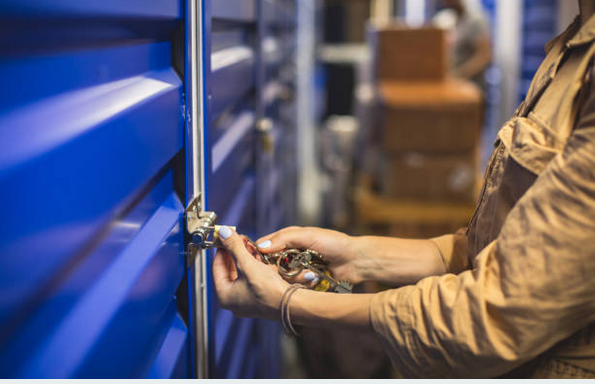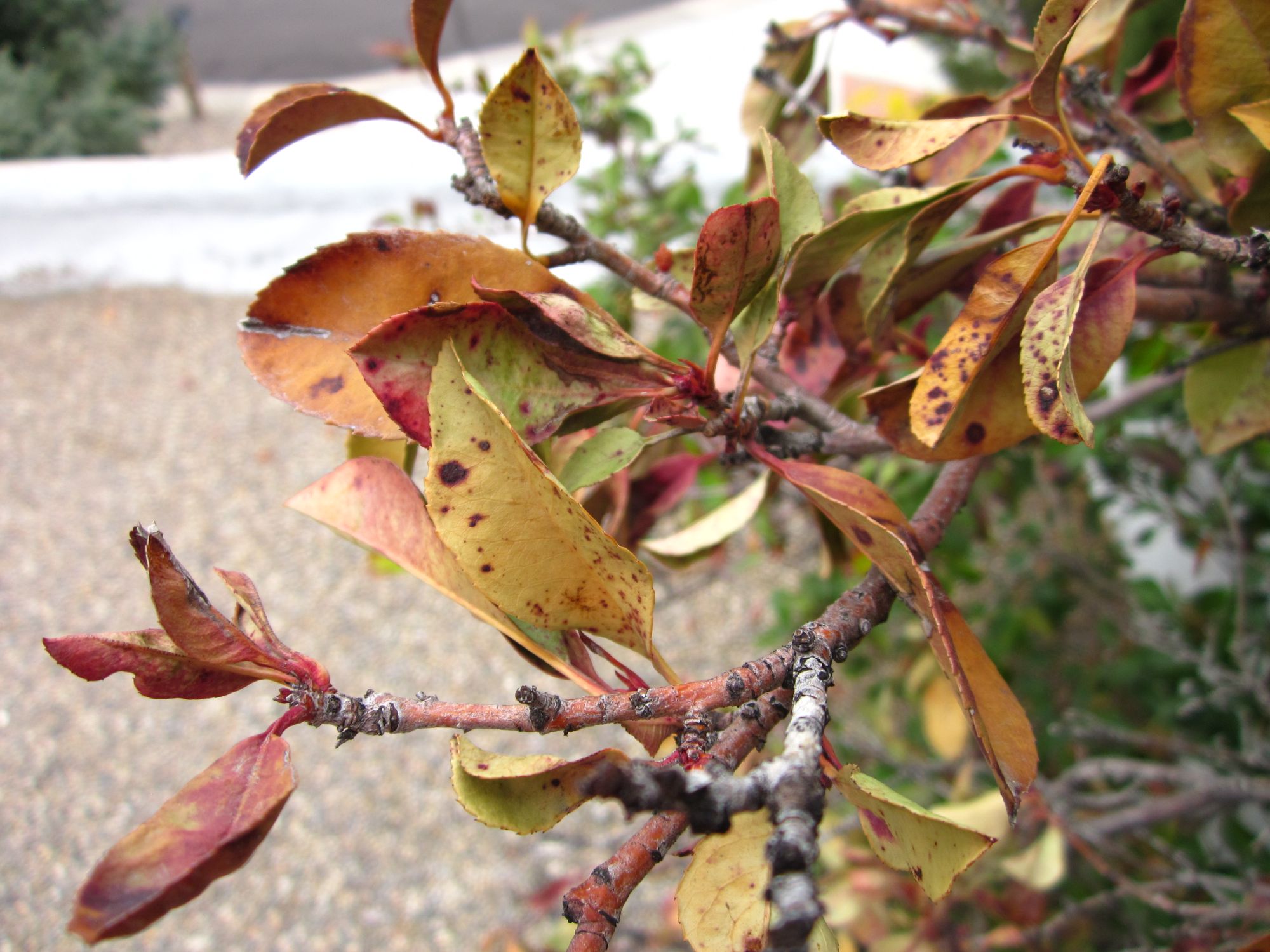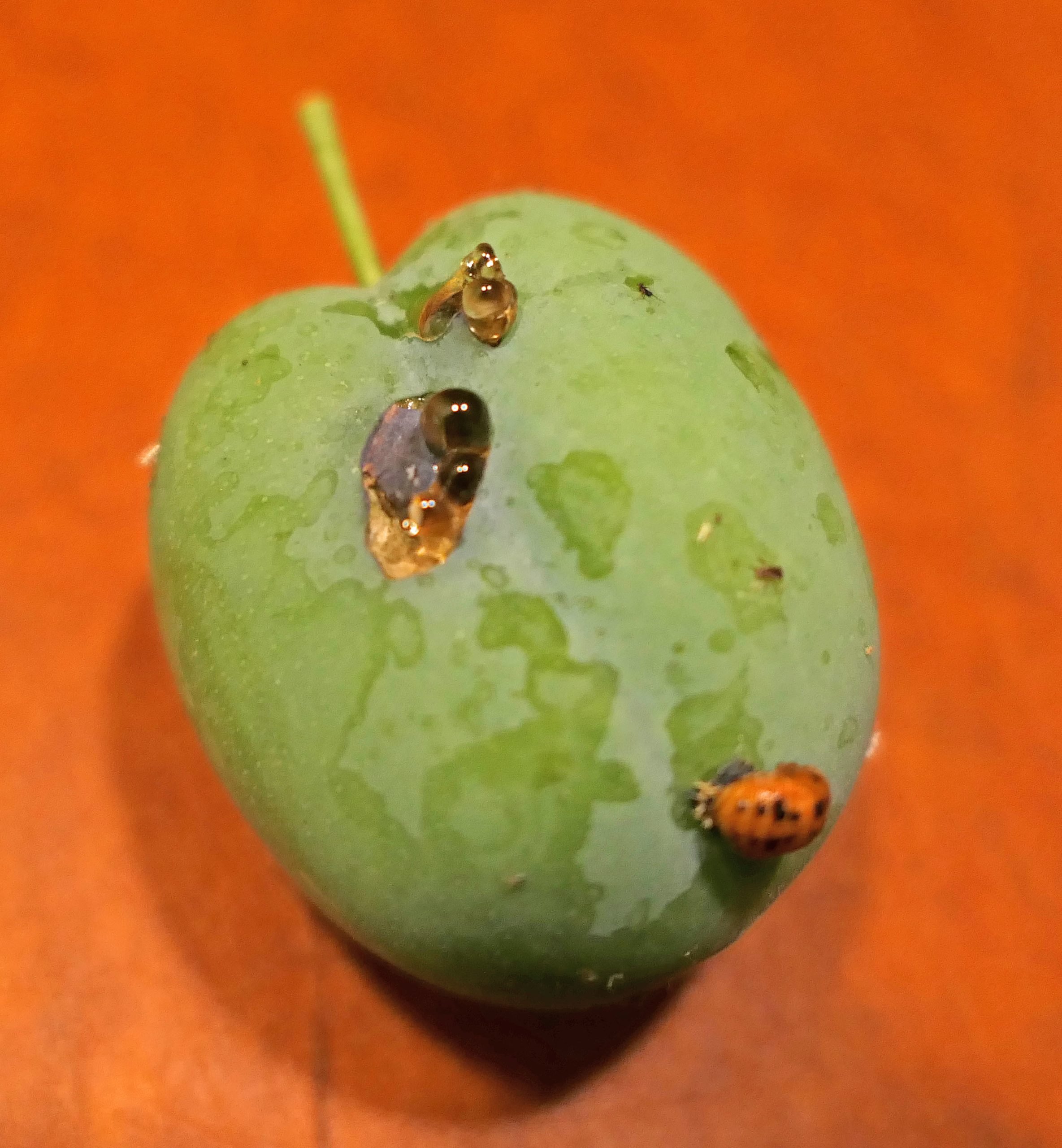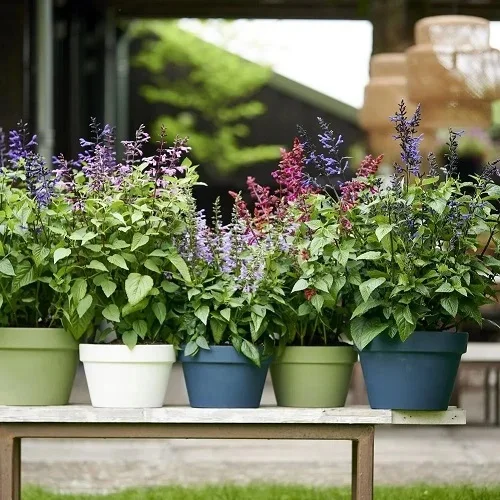From Vine To Bottle: The Secrets of the Winemaking Craft
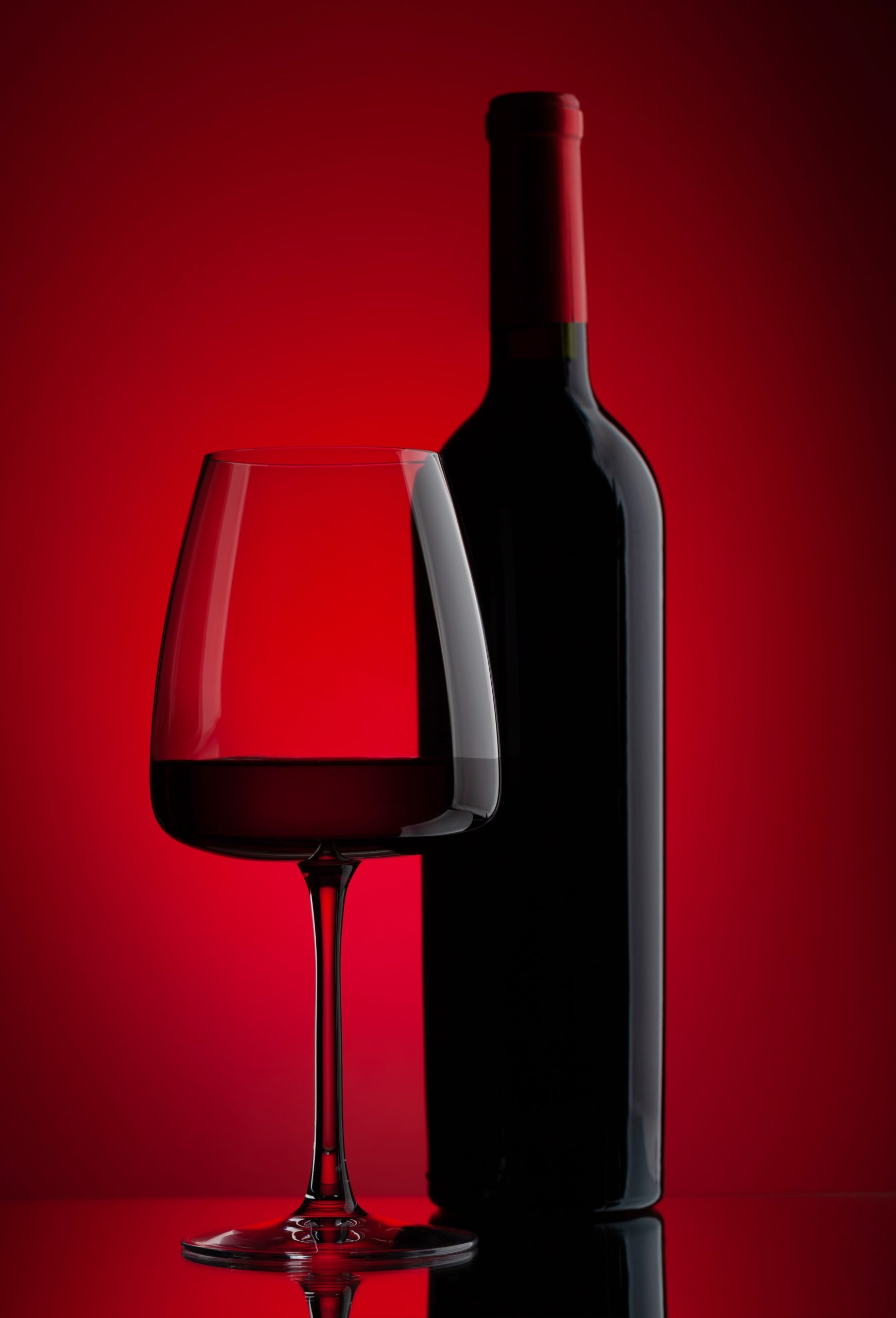
Table of Contents
The magic of wine transcends beyond a bottle. Its soul originates in the vineyard, travels through the hands of vintners, and culminates in the glass of the connoisseur. When exploring the global repertoire of wines, few regions pique interest like the heart of Europe: Hungary. With a rich tapestry of wine-making traditions, Hungarian wineries offer a captivating story from vine to bottle. Let’s unravel the secrets of this age-old craft.
Nature’s Canvas: The Vineyard
Every great wine begins its life in the vineyard. The soil, the climate, and the landscape all play crucial roles in the wine’s final character. Hungary, with its diverse terroir spanning from volcanic soils to river valleys, offers a unique playground for viticulturists.
- Choosing the Right Grape Variety: The selection of grape varieties is paramount. Each region in Hungary, whether it’s Tokaj with its Furmint and Hárslevelű or Villány with its robust reds, has specific grape varieties that thrive in the local climate and soil.
- Vine Training and Pruning: This ensures that the grapes receive optimal sunlight and air circulation. The way vines are trained can significantly influence the yield and quality of the grapes.
Harmonizing the elements of soil, climate, and grape variety, Hungarian viticulturists craft wines that tell a unique story of their land. With meticulous vine training and pruning techniques, they coax the best from their vines, ultimately offering a diverse spectrum of wines that capture the essence of Hungary’s rich terroir. Each bottle is a testament to the intricate dance between nature and human expertise in the world of winemaking.
The Hands of Time: Fermentation and Ageing
Once the grapes are harvested, they embark on a transformative journey.
- Crushing and Pressing: The grapes are first crushed to release the juice, which is then separated from the skins and seeds. The method and duration of this process can significantly impact the wine’s flavor and color.
- Fermentation: This is where the magic truly happens. Yeast is introduced to the grape juice, converting sugars into alcohol. Depending on the desired style, wines can be fermented in stainless steel tanks or wooden barrels.
- Aging: After fermentation, wines are often aged to develop their flavors. Whether in stainless steel, oak barrels, or even traditional Hungarian gönci barrels, the aging vessel imparts its distinct character to the wine.
The Final Touch: Bottling and Presentation
After aging, the wine undergoes a final filtration process to remove any sediments. It’s then bottled and sealed, often under cork, ready to make its journey to tables around the world.
A wine’s label is its introduction. Wine labels go beyond mere facts like the vintage or grape variety. For Hungarian wineries, they offer a glimpse into the rich tapestry of traditions woven into each bottle.
Crafting wine transcends mere procedures; it’s an exquisite artistry. Each bottle is a masterpiece, a symphony of flavors and history meticulously composed by skilled hands and nurtured by nature’s touch. As you explore the intricate world of wines, remember that every bottle from the storied Hungarian wineries carries with it the heartbeat of the vineyards, the passion of the vintner, and the legacy of a nation. Cheers to the secrets and stories from vine to bottle!

